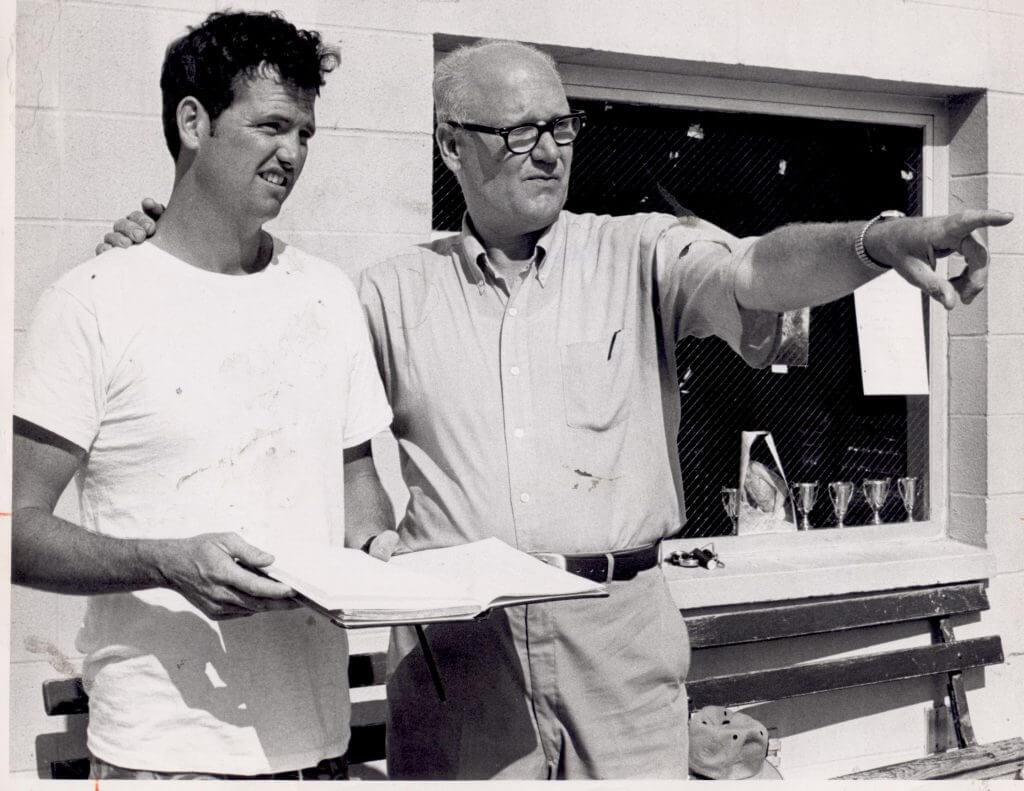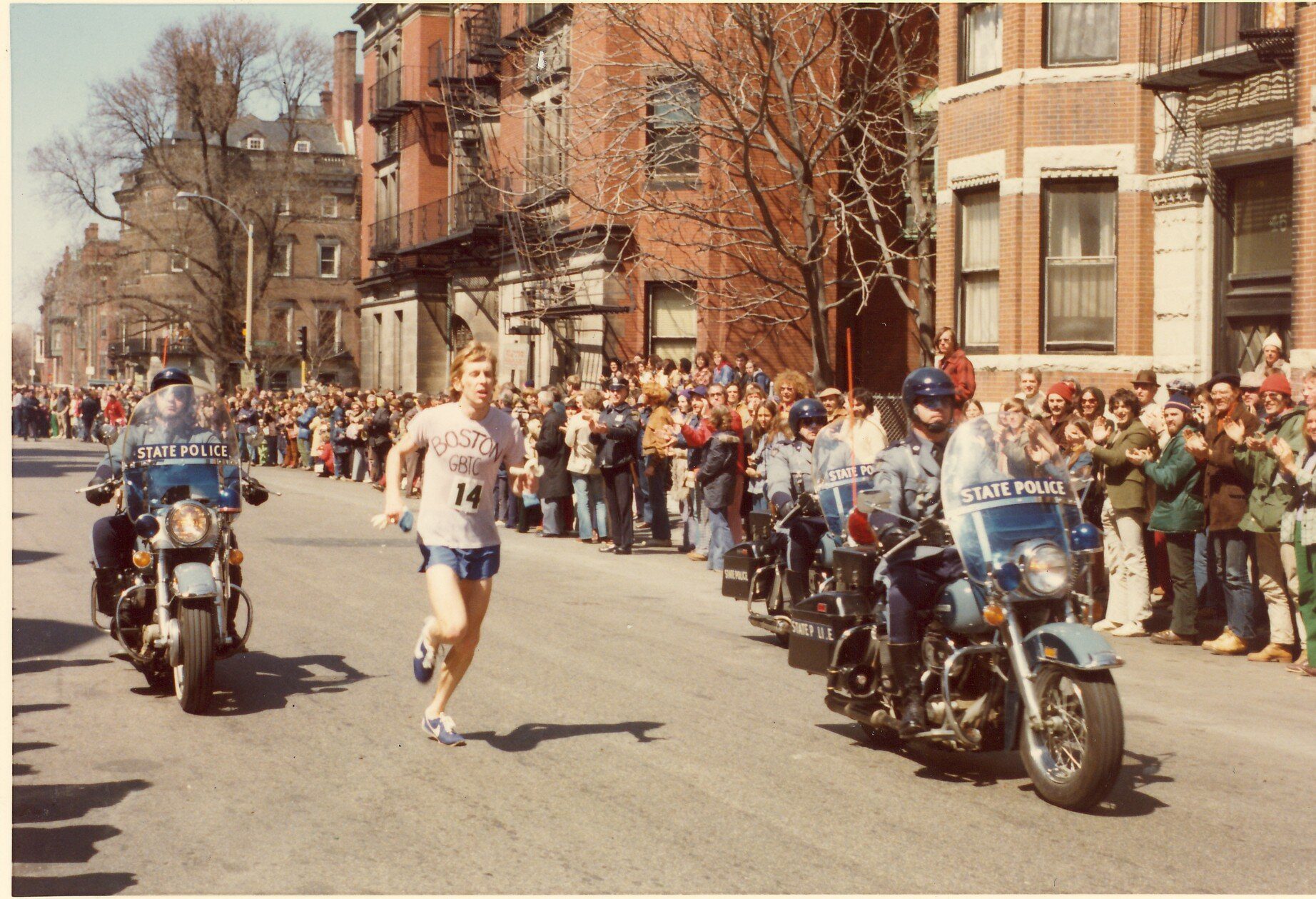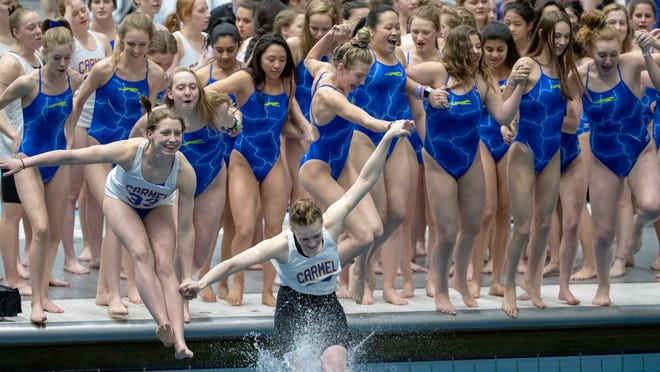The Ocean’s Seven consists of seven channel swims around the world that represent some of the most daunting challenges on the planet.
The Seven Summits are the highest mountains on each of the seven continents. Summiting all of them is considered one of the great challenges in mountaineering. In 2008, Steven Munatones, a former open-water champion and coach whom the New York Times Magazine called the “unofficial American dean of open-water swimming,” conceived of marathon swimming’s version of the Seven Summits. The Ocean’s Seven is a collection of swims for hardcore endurance athletes. It requires the ability to swim in both extremely cold and warm seas, and swimmers must be physically and mentally prepared to overcome adversity, sea creatures, strong currents and stiff winds.
Swimming the Ocean’s Seven takes time, planning, money, local knowledge, political support…and luck. Each swim exceeds 10K [6.2 miles] in length. Although the published distances for each swim are the straight line from point to point, the actual distances are significantly greater due to tidal movements and currents. The North Channel is 21 miles of heavy seas between Ireland and Scotland. Considered the most difficult channel swim in the world, athletes must negotiate thunderstorms, jellyfish and strong currents in 54-degree water. The Cook Strait involves 16 miles of icy, shark-infested waters between the North and South Seas of New Zealand. Swimmers face hypothermia while dealing with rock cliffs on both sides of the strait. At 26 miles, the Molokai Channel is the longest of the Ocean’s Seven swims. Extremely strong currents across 700-meter deep warm salty water, coupled with tropical heat, aggressive marine life and huge swells make this an extremely dangerous trek.
England and France are separated by the English Channel, the most famous of the seven swims. Twenty-one miles at its narrowest point, English Channel swimmers must cope with strong currents, ever-shifting water and whitecaps. Catalina Island sits 21 miles off the coast of Long Beach in Southern California. With water conditions similar to the English Channel, swimmers are faced with migrating whales and dolphins along their way to Catalina. The Tsugaru Channel is between the Japanese islands of Honshu and Hokkaido and connects the Sea of Japan with the Pacific Ocean. Extremely strong currents, coupled with sharks and deadly sea snakes, make this 12-mile swim treacherous. The shortest of the seven swims is the Strait of Gibraltar between Europe and Africa. Heavy boat traffic, surface chop and strong currents make this ten-mile swim supremely unpredictable and dangerous.
Steven Redmond is a former rugby player and triathlete from County Cork, Ireland. He completed the first leg of the Ocean’s Seven in August 2009, when he crossed the English Channel in 20 hours, one minute. A year later, he swam the North Channel in 17:15. Redmond completed the third and fourth of the seven in 2011, crossing the Strait of Gibraltar in spring and reaching Catalina Island in fall. The International Swimming Hall of Famer finished the final three swims in 2012. He successfully navigated the Cook Strait in February, then needed two attempts to cross the Molokai Channel later that month. In July, the 46-year-old Irishman became the first person to complete the Ocean’s Seven when, on his fourth attempt, he conquered the Tsugaru Channel. After nearly three years – and almost 103 hours in the water – Steven Redmond became the first person to complete the Ocean’s Seven. “It’s a very Irish thing,” said the 2012 World Open Water Swimming Man of the Year. “You tell an Irish person they can’t do something and they’ll do everything they can to prove you wrong.”
Marathon swimming is the loneliest sport in the world. It is an extreme form of sensory deprivation. There are no sounds or sights in the frigid, inky-black water. Distance swimmers can’t avoid taking in small amounts of ocean water that cause the soft tissue of the lips, tongue and throat to swell, making eating, drinking and breathing difficult. Vomiting is common, which depletes the body of valuable calories. Redmond, who averages 50 strokes per minute, uses mantras of his children to deal with the tedium. “I use anything that gives me a mental edge. Marathon swimming is about as close as you can get to death while you are alive here on Earth. You lose all sense of perception while you are swimming in such difficult conditions.”
The Seven Summits have been successfully conquered by 348 people, while only six humans in history have finished the Ocean’s Seven. On July 8, 2013, Sweden’s Anna-Carin Nordin became the second person — and first woman — to complete the Ocean’s Seven. One week later, Michelle Macy became the first American to complete the Seven. In August 2013, U.S. swimmer Darren Miller became the first person to complete each leg of the Ocean’s Seven on his first attempt. Adam Walker was selling toasters in the U.K. in 2007 when he saw a film about a man attempting to swim the English Channel. Inspired by the film, he taught himself to swim. Seven years later, “Ocean” Walker became the fifth person – and first Brit – to complete the Ocean’s Seven. New Zealand’s Kimberly Chambers became the most recent marathoner to successfully complete the seven swims, in August 2014. A classically trained ballerina and former varsity rower for Cal, Chambers once swam the length of Lake Tahoe and is the first woman to complete the 30-mile solo swim from the Farallon Islands off the coast of San Francisco to the Golden Gate Bridge.
The third leg of Adam Walker’s seven swims was the Molokai Channel, in Hawaii. The crossing was fairly uneventful until 13 hours into the swim, when the Englishman felt something slash his stomach. “I felt like I was on fire,” he said. “It was the worst agony I’ve ever had in my life.” Stung by a Portuguese man o’ war, whose toxins are about 75 percent as powerful as cobra venom and can cause major organs to shut down, Walker’s neck and spine went numb. His legs became useless, hanging in the current beneath him. Doubled over in agony in the Pacific Ocean and unsure what had attacked him, the 35-year-old Walker pushed on, swimming mindlessly for another three-and-a-half hours to complete his challenge.
On this date in 2012, Anna-Carin Nordin crossed the Strait of Gibraltar, covering the 14 K route in four hours, 46 minutes. It was the third leg of her Ocean’s Seven quest.
— Steven Munatones, founder of the World Open Water Swimming Association









